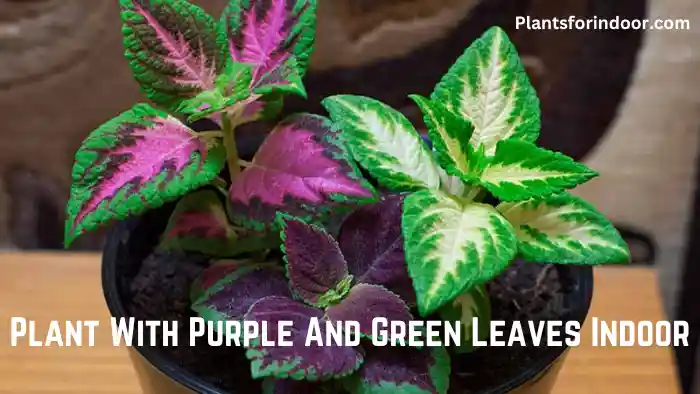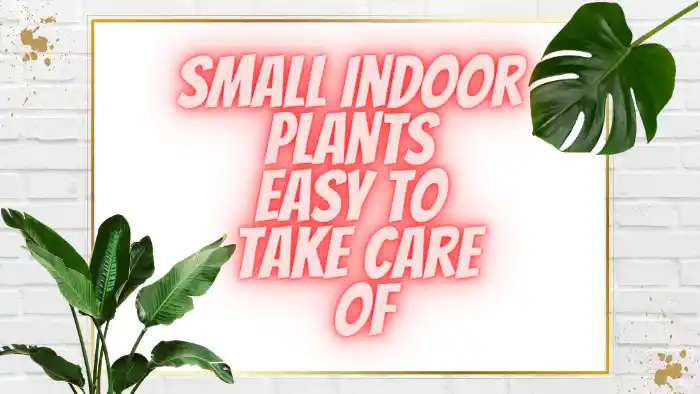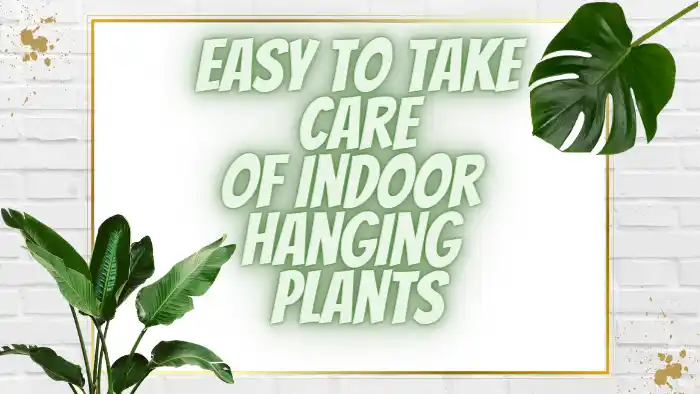Indoor plants have the striking skill to transform any living space into a peaceful desert garden.
Among the various options available, plants with purple and green leaves offer a charming blend of colors that can brighten up even the dullest corners of your home.
Why Opt for Plants with Purple and Green Leaves?
The combination of purple and green hues creates a visually striking contrast that adds a touch of sophistication and elegance to your interior decor.
These plants can serve as excellent focal points or complementary elements in your living space.
Popular Varieties of Purple and Green Indoor Plants
Discover the Allure of Calathea Makoyana
The Calathea Makoyana, also known as the “Peacock Plant,” boasts intricate patterns of purple and green on its leaves, resembling the majestic feathers of a peacock.
This plant is known for its unique ability to fold its leaves upward in the evening, creating a captivating display.
The Elegance of Tradescantia Zebrina
Tradescantia Zebrina, commonly referred to as the “Wandering Jew,” features deep purple undersides on its leaves, creating a delightful contrast with its vibrant green upper surfaces.
Its trailing growth makes it an ideal choice for hanging planters or elevated shelves.
Aesthetic Appeal of Oxalis Triangularis
Oxalis Triangularis, also known as the “Purple Shamrock,” showcases triangular purple leaves that fold open during the day and close at night.
Its charming appearance and easy care make it a popular choice among indoor plant enthusiasts.
Caring for Your Purple and Green Leafy Companions
Ideal Light Conditions
Most purple and green indoor plants thrive in bright, indirect light. Avoid exposing them to harsh, direct sunlight, as it can lead to leaf burn.
The Right Watering Regimen
Keep a predictable watering plan, permitting the top inch of soil to dry out prior to watering once more. Overwatering can prompt root decay, while underwatering can make the leaves shrink.
Humidity and Temperature Considerations
These plants often prefer higher humidity levels. Mist them regularly or use a humidity tray to create a favorable environment. Maintain a comfortable room temperature between 65-75°F (18-24°C).
Nutrient Requirements
Fertilize your purple and green indoor plants with a balanced, diluted liquid fertilizer during the growing season (spring and summer). Lessen preparation during the torpid period (fall and winter).
Plant Placement and Decor Tips
Creating Harmonious Displays
Pair your purple and green plants with complementary-colored pots or planters to enhance their visual appeal. Consider placing them near contrasting decor elements for an eye-catching effect.
Complementing Colors for Aesthetic Balance
Purple and green plants can be beautifully complemented by neutral colors like white, beige, or gray.
This balance ensures that your plants remain the focal point of your decor.
Benefits of Purple and Green Indoor Plants
Natural Air Purifiers
Like other indoor plants, those with purple and green leaves contribute to air purification by removing toxins and producing oxygen, leading to a healthier living environment.
Stress Reduction and Mental Well-being
The calming effect of nature is well-documented. The presence of these colorful plants can help reduce stress and improve your overall well-being.
Common Challenges and How to Overcome Them
Dealing with Leaf Discoloration
Leaf discoloration can occur due to improper light, water, or nutrient levels. Adjust these factors according to the plant’s needs and trim discolored leaves.
Combatting Pests and Diseases
Watch out for normal indoor plant troubles like aphids and insect parasites.
Regularly inspect your plants and treat them promptly with natural remedies or insecticidal soap.
Conclusion
Embracing the beauty of purple and green indoor plants can add vibrancy and charm to your living space.
Their unique colors, paired with the right care, can transform your home into a natural sanctuary of color and tranquility.
Frequently Asked Questions
Can these plants thrive in low-light conditions?
While they prefer bright, indirect light, some varieties can tolerate low-light conditions. Be sure to choose plants that are well-suited for the lighting in your space.
How often should I fertilize my purple and green indoor plants?
During the growing season, fertilize every 4-6 weeks with a diluted, balanced liquid fertilizer. Reduce frequency during the dormant season.
Are these plants safe for households with pets?
Many purple and green indoor plants are safe for pets, but it’s always best to double-check before bringing a new plant into your home. A few plants might be somewhat harmful whenever ingested.
What’s the best way to propagate these plants?
Propagation methods vary depending on the plant type. Some can be propagated through
I am a Horticulture graduate and passionate gardener with expertise in identifying, growing, and caring for plants, trees, and seeds. With a focus on sustainable practices, they aim to promote environmental awareness and appreciation for the natural world.








